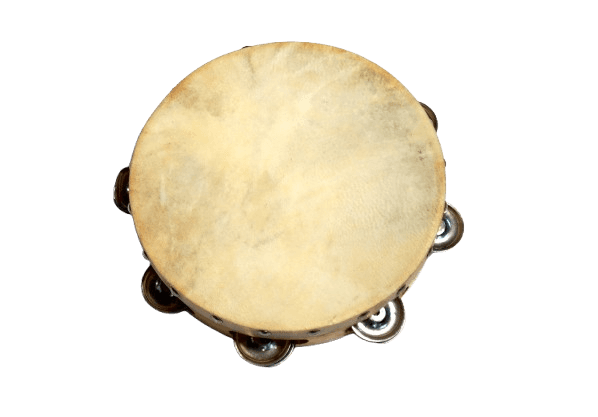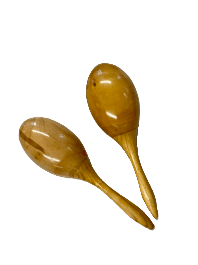Myths about teaching can hold you back
- Year 3
Rhythm grids as a form of notation
I can perform from a simple rhythm grid as part of an ensemble.
- Year 3
Rhythm grids as a form of notation
I can perform from a simple rhythm grid as part of an ensemble.
These resources were made for remote use during the pandemic, not classroom teaching.
Switch to our new teaching resources now - designed by teachers and leading subject experts, and tested in classrooms.
Lesson details
Key learning points
- A rhythm grid is a visual grid system to represent and perform rhythmic patterns.
- Rhythm grids are a useful way of notating music for percussionists.
- A steady pulse is important when playing a rhythm grid as it helps keep in time.
- We can create an ostinato by repeating rhythm grid patterns.
Keywords
Notation - a way of visually representing and recording music
Rhythm grid - a visual grid system to represent and perform rhythmic patterns
Rhythm - the pattern of sounds and silences that we play and sing
Ostinato - a repeating musical pattern which can be rhythmic or melodic
Dynamics - how loud or quiet the music is
Common misconception
We only warm up for singing.
Warming up can also help us prepare for playing instruments, using our bodies and working together in an ensemble. This helps us to focus, develops our sense of pulse and improves our coordination.
To help you plan your year 3 music lesson on: Rhythm grids as a form of notation, download all teaching resources for free and adapt to suit your pupils' needs...
To help you plan your year 3 music lesson on: Rhythm grids as a form of notation, download all teaching resources for free and adapt to suit your pupils' needs.
The starter quiz will activate and check your pupils' prior knowledge, with versions available both with and without answers in PDF format.
We use learning cycles to break down learning into key concepts or ideas linked to the learning outcome. Each learning cycle features explanations with checks for understanding and practice tasks with feedback. All of this is found in our slide decks, ready for you to download and edit. The practice tasks are also available as printable worksheets and some lessons have additional materials with extra material you might need for teaching the lesson.
The assessment exit quiz will test your pupils' understanding of the key learning points.
Our video is a tool for planning, showing how other teachers might teach the lesson, offering helpful tips, modelled explanations and inspiration for your own delivery in the classroom. Plus, you can set it as homework or revision for pupils and keep their learning on track by sharing an online pupil version of this lesson.
Explore more key stage 2 music lessons from the Compose and Create: notating and performing using rhythm grids unit, dive into the full primary music curriculum, or learn more about lesson planning.

Equipment
Optional - two types of unpitched percussion e.g. claves and maracas. 30 claves and 15 maracas if possible but not essential.
Licence
Prior knowledge starter quiz
4 Questions
Q1.The __________ is the regular, steady heartbeat of the music.

Q2.How do you play a percussion instrument?
Q3.__________ is speaking in time to a pulse.
Q4.Dynamics means ...
Assessment exit quiz
4 Questions
Q1.A rhythm grid is a form of musical ...
Q2.True or false? We only warm up for singing.
Q3.True or false? Rhythm grids are used to notate melodies.
Q4.Which of these instruments could read from a rhythm grid?







